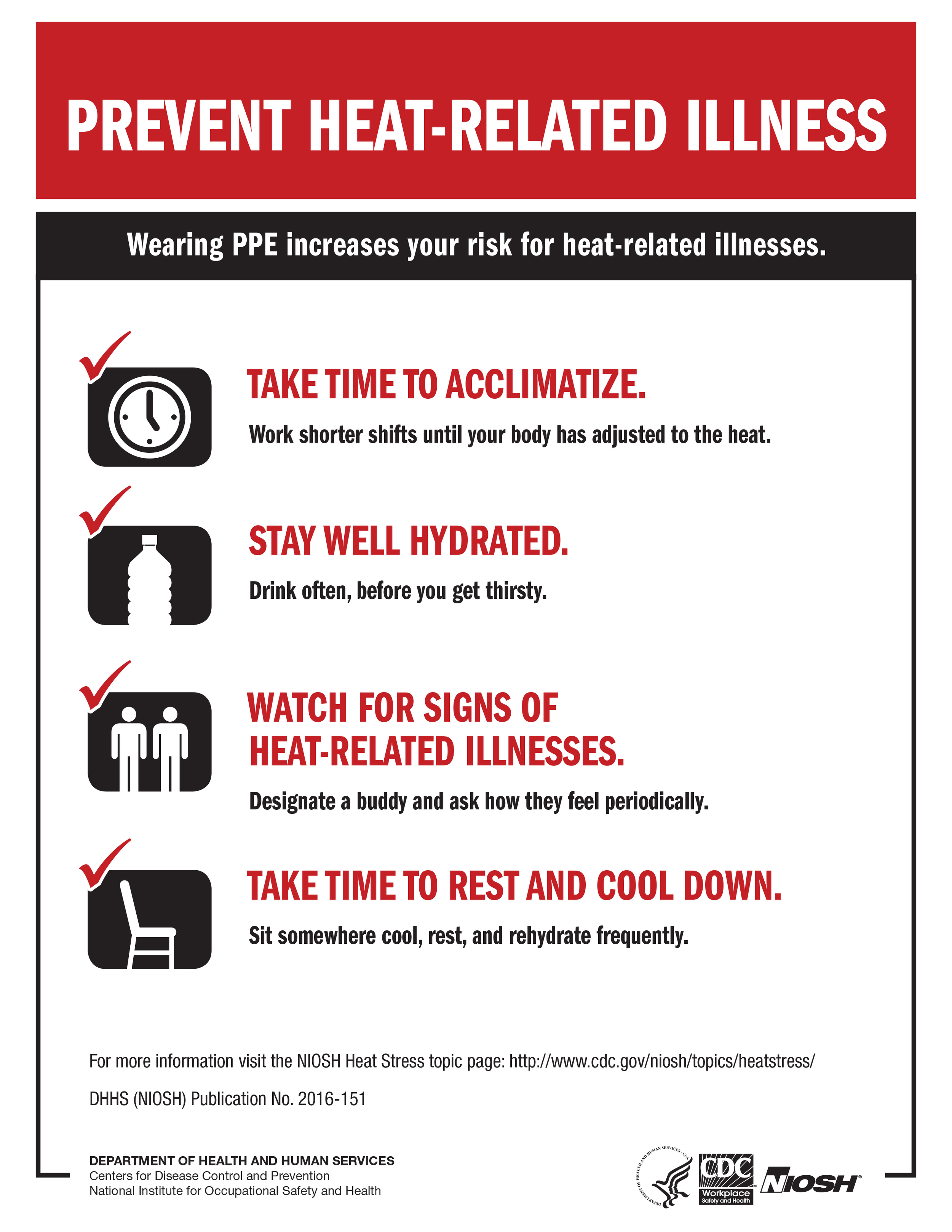2025 Safety + Symposium
Hosted at the Voluntary Protection Programs Participants’ Association (VPPPA)
As stated by the NHTSA, “In 2023, 30% of all traffic fatalities involved an alcohol-impaired driver. A BAC of .08 or higher is considered drunk driving in all 50 states, the District of Columbia and Puerto Rico, except in Utah where the BAC limit is .05.”
“During the Labor Day holiday period, we typically see an increase in drunk-driving deaths — and that's why you'll likely see more law enforcement on the roads. Drive Sober or Get Pulled Over, which runs from August 13-September 1, aims to educate people about the dangers and consequences of driving drunk. Highway Traffic Safety Administration”
August 11th-14th





